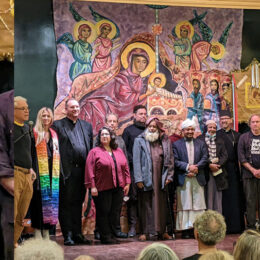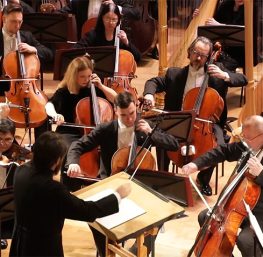Wall Street Opinion Journal BRIAN M. CARNEY Thursday, April 14, 2005 12:01 a.m. EDT
At Mass last Sunday, Amiens’s gothic cathedral, the largest in France, was virtually empty. Not just sparsely filled–it was, except for a handful of tourists, vacant. Mass was being conducted in a side chapel fit for the couple dozen worshipers who showed up for it (I among them).
Amiens is hardly the exception. Europe’s largest churches are often unused these days, reduced to monuments for tourists to admire. And there is a reason for this neglect. In “The Cube and the Cathedral,” George Weigel describes a European culture that has become not only increasingly secular but in many cases downright hostile to Christianity. The cathedral in his title is Notre Dame, now overshadowed in cultural importance by the Arc de la Defense, the ultramodernist “cube” that dominates an office complex outside Paris. “European man has convinced himself that in order to be modern and free, he must be radically secular,” Mr. Weigel writes. “That conviction and its public consequences are at the root of Europe’s contemporary crisis of civilizational morale.”



